Once again, we are reporting from another colonial city in Mexico. Many of the cities were strongly influenced by the Spanish colonial masters and accordingly their influence is omnipresent until today. Oaxaca illustrates very well how colonial cities were planned and realized on the drawing board and corresponding with that have right-angled streets. We know this city layout in the more modern variant but for similar reasons from the United States of America. However, the buildings adjoining the rectangular streets are strikingly different, after all, they are all old buildings that are still preserved in their original appearance and are not overlaid by modern influences.
Colonial City Center of Oaxaca
The heart of the city is typically again a zocalo, which is found in many cities of Mexico. It is the informal center of a locality’s social life, where many people meet, have conversations, spend Sundays, and experience time with and in the city. Adjacent to the Zocalo is the Cathedral of Oaxaca. It is one of the main features of the main square. It is much more angularly built than many churches we have seen so far and therefore appears very austere and cool. The interior is also rather sparse compared to other churches in Mexico.
Besides the colonialist buildings in the city center, there are also some cultural cities and museums to discover. We are currently rather not in the mood to experience modern culture. We are more interested in the culinary arts, since we are again stopping in a city for foodies. And of course, we will have a closer look at the pre-colonial city near Oaxaca.
Monte Albán, Oaxaca
On an artificially flattened mountain, an imposing city was built by the ancient Zapotec and later Mixtec civilizations. The northern and southern pyramids are both accessible and provide an imposing overview of the entire former city. The various buildings here are not given euphonious names that were not handed down and later given to the buildings and pyramids. Instead, letters are used to distinguish the different buildings. We’re not sure which we like better. In Teotihuacán, for example, the names of the various pyramids, houses and streets are used by later builders, not the original ones.
In addition to the two pyramids, we visit some foundation walls of former dwellings and burial sites.
A particularly interesting structure is a secluded square, which is protected by high, sloping walls from the views from the outside. Here elaborate stone walls were built around a whole rectangular square of about 50m edge length. We can only guess what ceremonies and rituals were held here. However, it is the archaeological consensus that these rites were especially for the elite upper class of Monte Albán.
Another special feature is the stone carvings, some original, some exhibited as replicas. Many different motifs of people in moving poses were carved deep into the stone. Where replicas are exhibited, the originals have been moved to a museum for better preservation against being exposed to the open weather on the mountain.
We find the archaeological site of Monte Albán at least as impressive as Teotihuacán. They were both important historical cities of Central America and there is evidence that the two cities were culturally linked. However, it is probably the present impression after the restoration work that is decisive for our perception. Monte Albán, in contrast to Teotihuacán, is not only convincing because of its gigantic size, but also because of the many well-preserved details and artifacts that allow us to better understand the ancient culture.
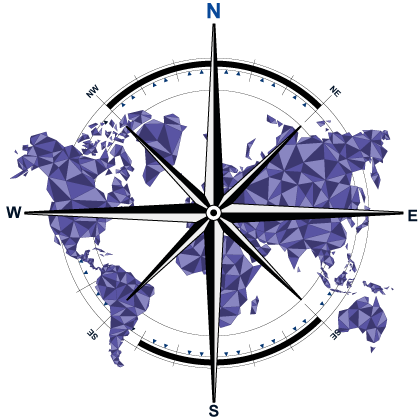


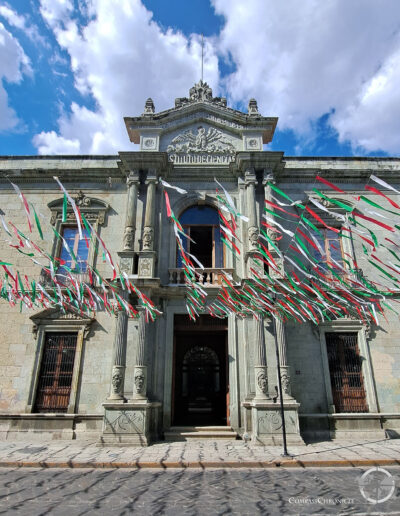




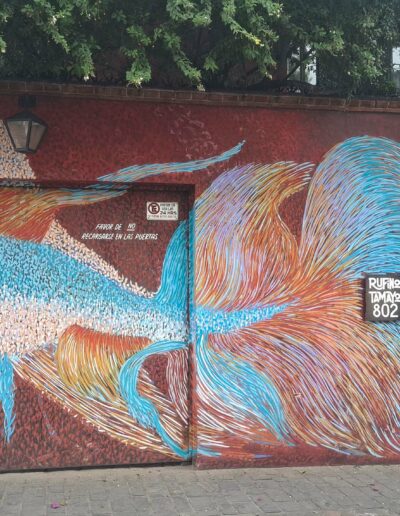




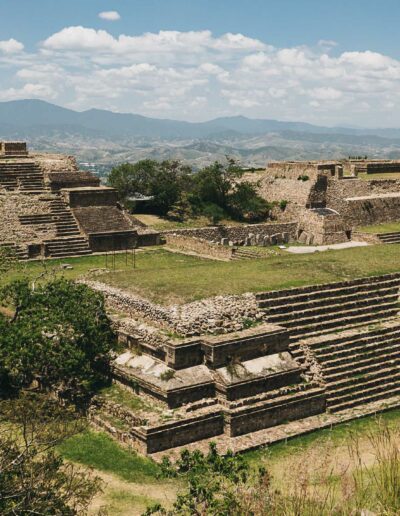


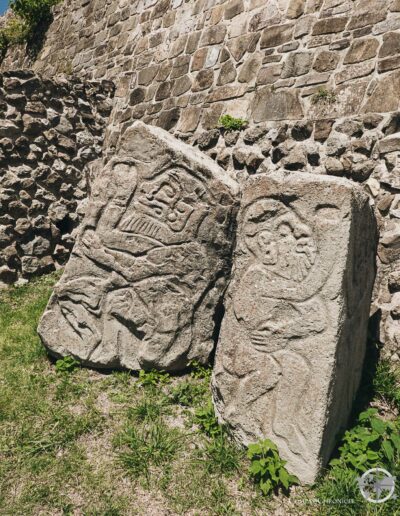




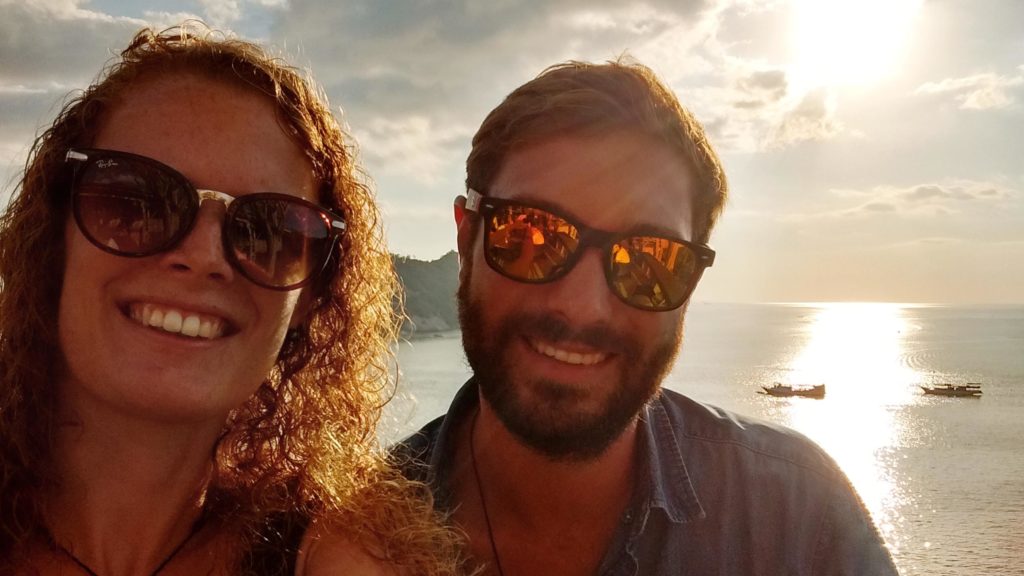
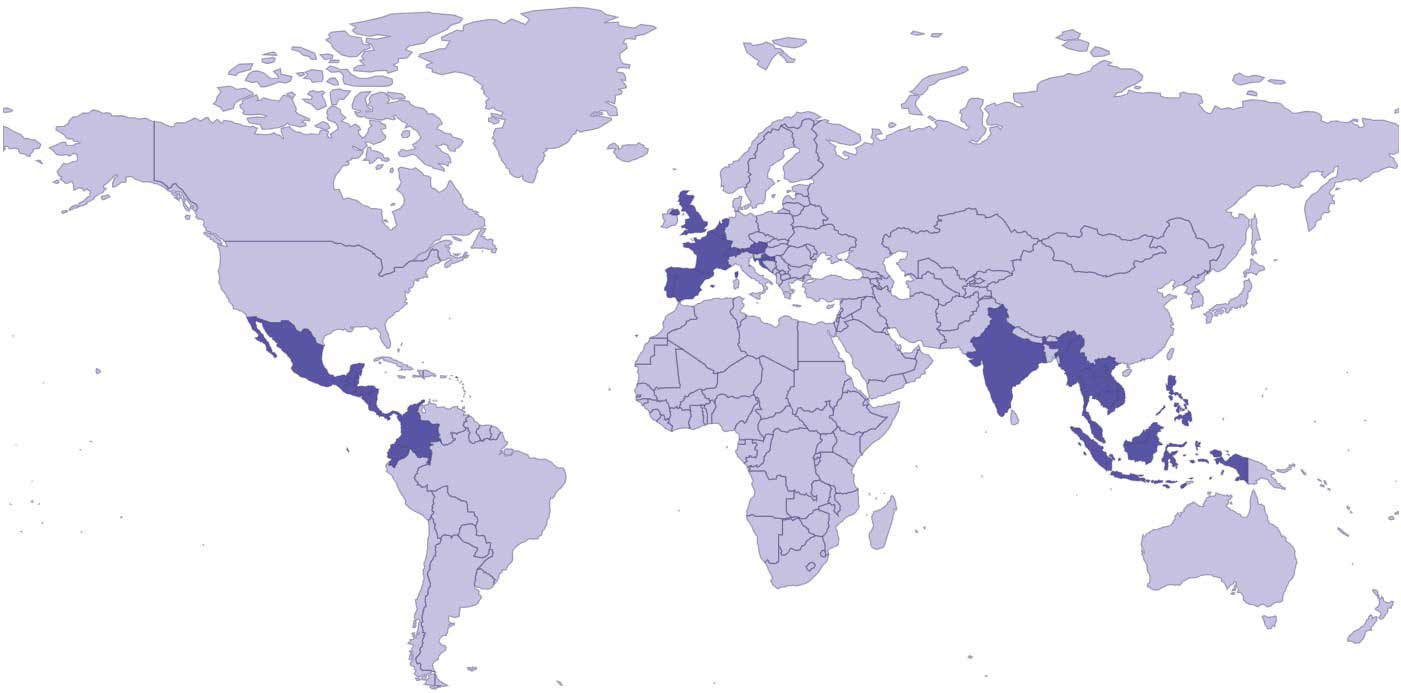
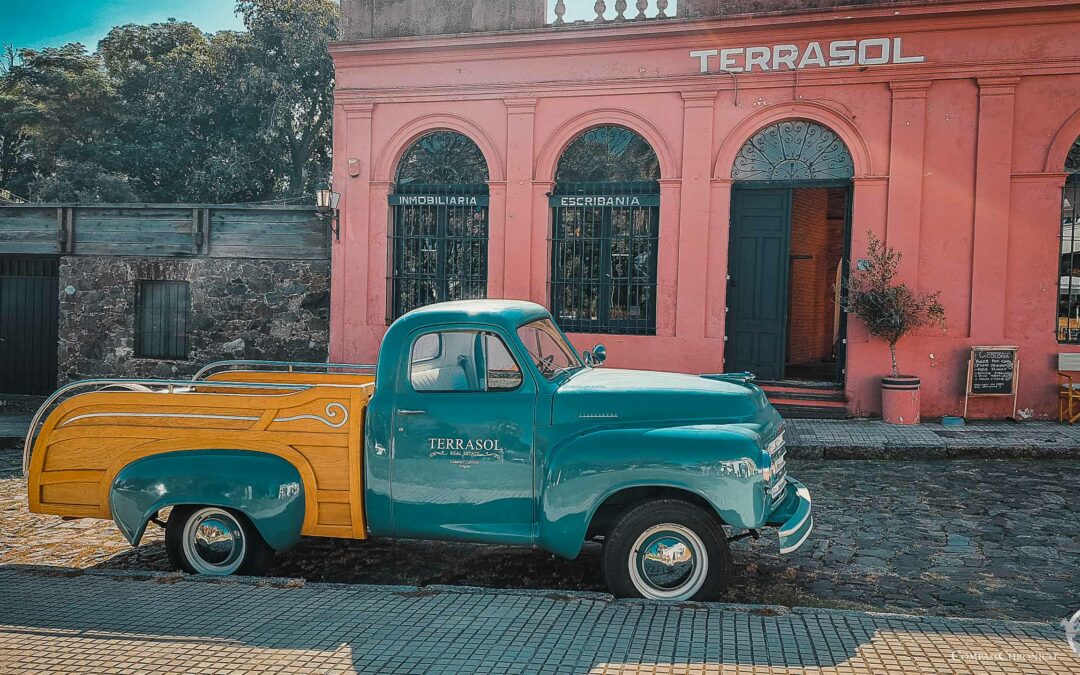
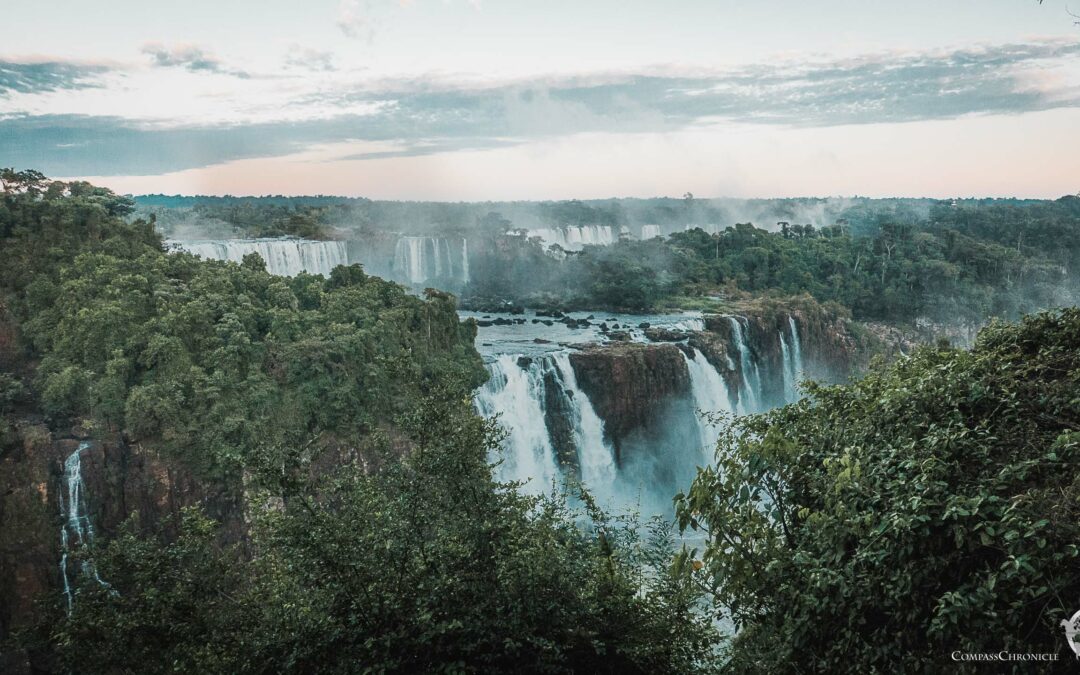

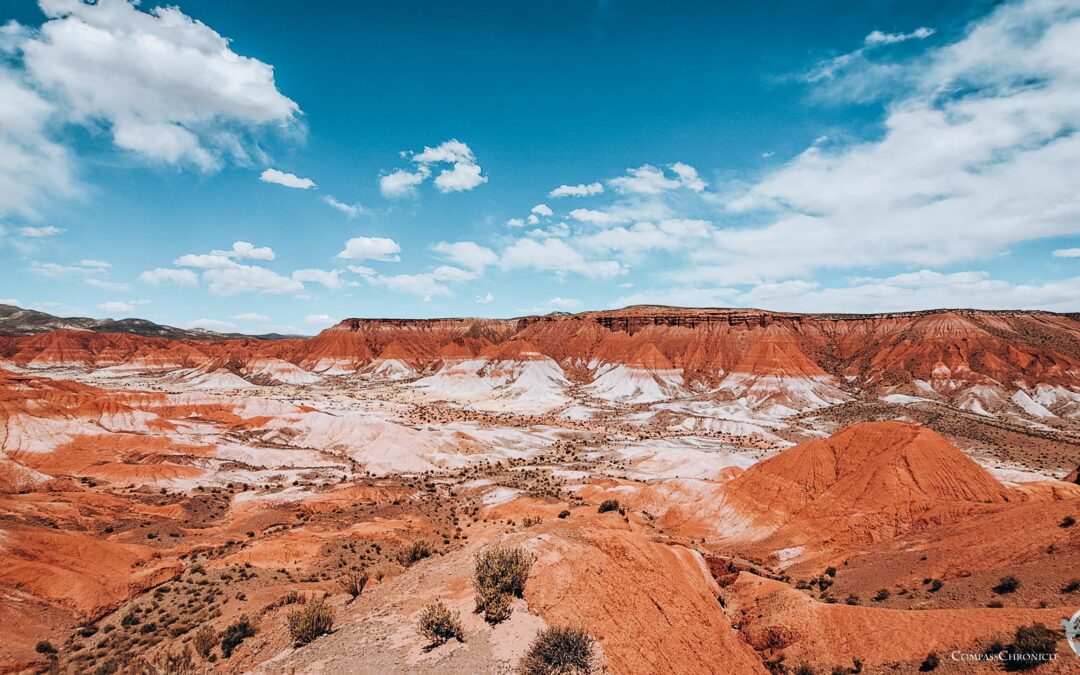
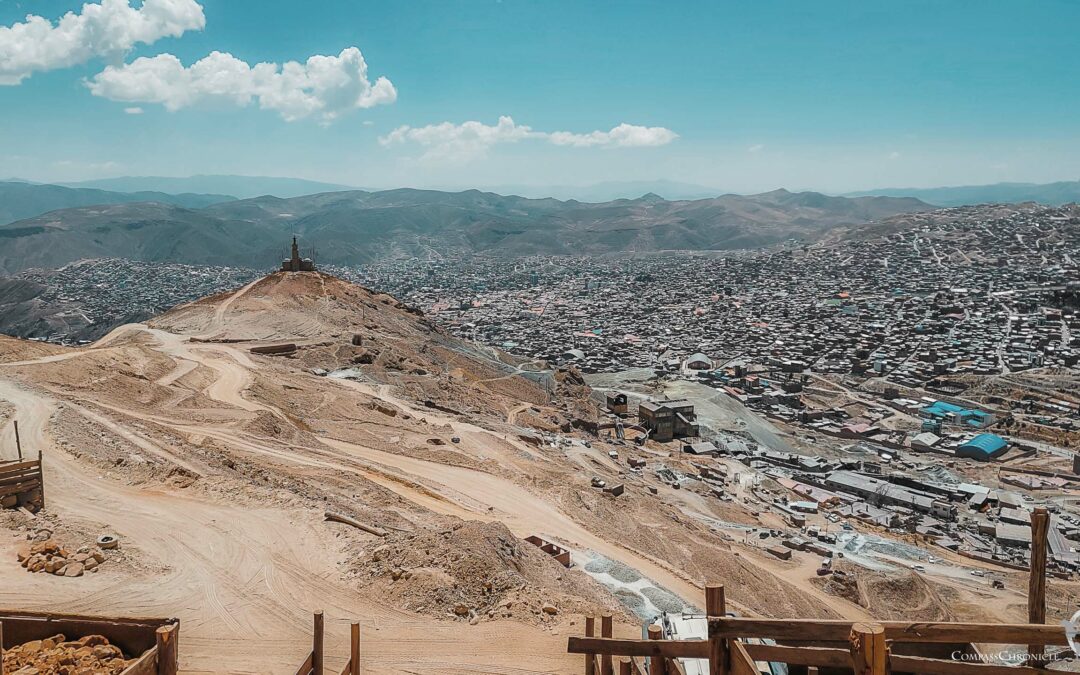
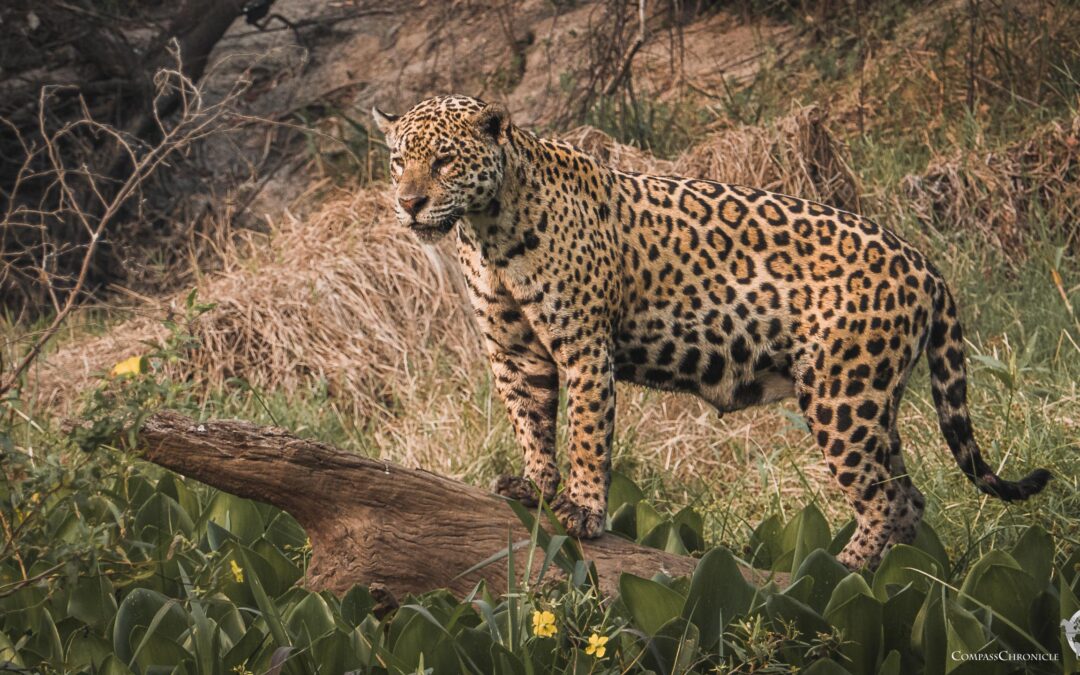
0 Comments